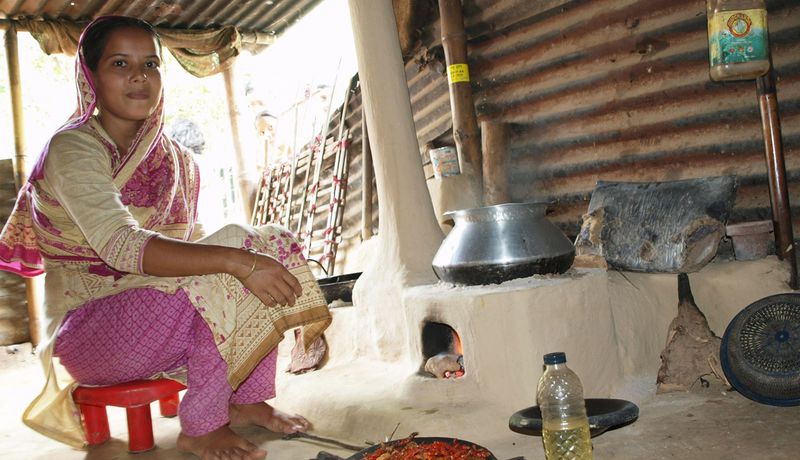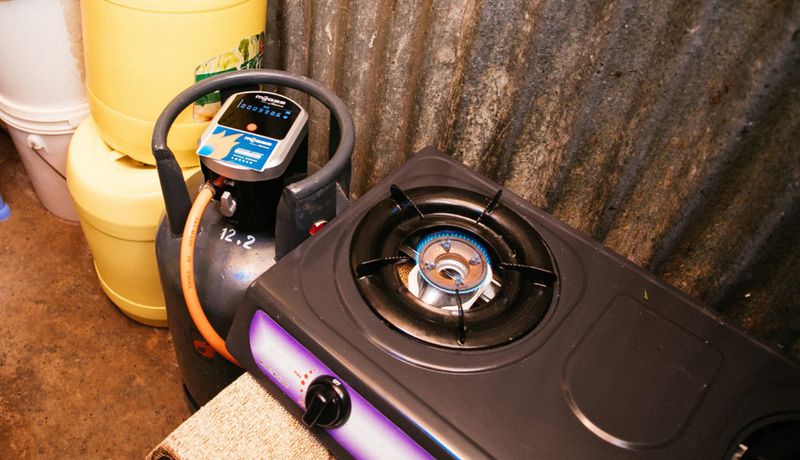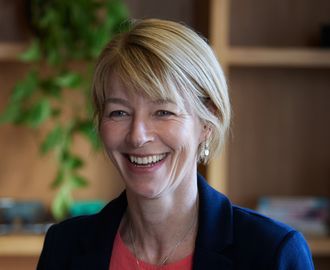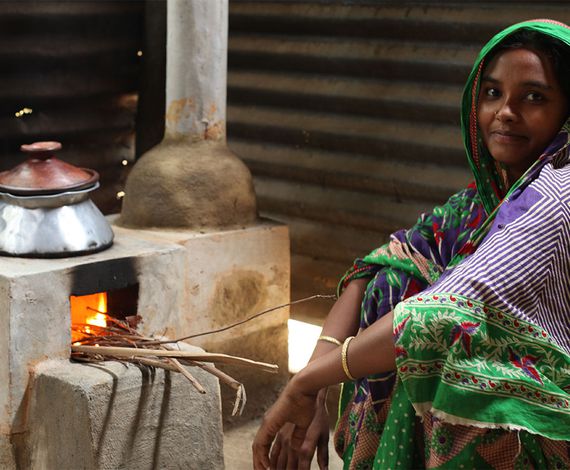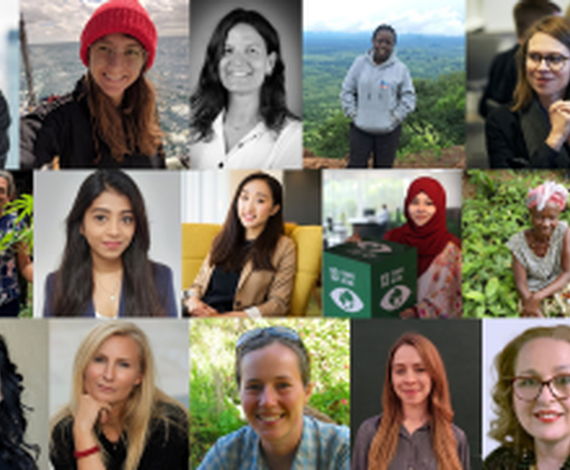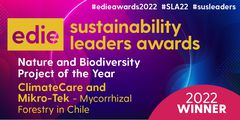Rachael has been at the forefront of the net zero transition for 15+ years, in senior commercial and governance roles in private and public sectors. At Climate Impact Partners, she helps partners turn climate responsibilities into positive outcomes by financing, developing, and managing projects across the globe.
Read moreWe spoke with Climate Impact Partners’ Global Director of Project Development, Rachael Nutter, to learn why we must think about climate hand-in-hand with public health, gender equalityand biodiversity.
On a daily basis I consider the pros and cons of many amazing projects that are taking action to reduce carbon emissions. And every time I have to assess: is it high quality, what’s the risk and above, all, will it deliver an impact?
Cookstove projects – projects which improve access to clean cooking technologies, improve health and livelihoods of women and children, and reduce deforestation from unsustainable demand for wood fuel – stand out every time. The impacts, alongside the tonnes of carbon emissions reduced, just cannot be denied.
Today nearly 1 in 3 people across the world still do not have access to clean cooking technology. According to the Clean Cooking Alliance, more than 1 billion tonnes of carbon emissions each year come from burning wood fuels to cook, which is 2% of total global emissions, the same as aviation.
But unlike many other hard to reduce sources of emissions, inefficient cooking can easily and affordably be solved.
Tonne for tonne, cookstoves may be the most socially impactful carbon projects, especially for women in least-developed countries, because clean cooking is a climate solution that is at the same time:
- A nature-based solution,
- A technology-based solution,
- A community-based solution,
- And, an opportunity for climate justice.
Over the last few years, Climate Impact Partners, has built a reputation for its expertise in developing clean cooking projects of the highest quality, leading us to have been recognized once again this year as Best Project Developer of the Year for Public Health by Environmental Finance.
Clean cooking is a nature-based solution
Because if wood is the primary fuel used, it reduces a main driver of deforestation.
To end deforestation globally, we must address the unique drivers of deforestation in each community. For instance, in Guatemala, even if we replanted every hectare of trees lost, without solving the reason for that deforestation – people using wood for fuel – those trees will just be cut down again.
The voluntary carbon market (VCM) is designed to understand the causes of emissions, e.g. deforestation, and develop projects which deliver sustainable alternatives, verifying that those projects do actually reduce emissions and make a positive change.
Inefficient cooking with wood and coal is a major cause of deforestation for communities and as long as access to clean cooking technology remains below the global average, the unsustainable demand for cooking fuel will continue to drive tree loss.
The Clean Cooking Alliance’s 2022 report, Accelerating Clean Cooking as a Nature-based Climate Solution, outlines the evidence base for the fundamental role of clean cooking in delivering and achieving the benefits of nature-based solutions (NBS). Reducing the firewood demands of local communities should be core to nature-based solutions where communities lack access to more efficient and cleaner stoves and fuels. The avoidance of emissions from shifting to clean cooking should be considered a central activity for ensuring the “permanence” of nature-based climate solutions, while also supporting a transformation of households’ energy use and health.
Clean cooking is a tech-based solution
There are not many pieces of technology that can cut a household’s emissions in half, but even the most basic efficient cookstove can do so. That is because when cooking over an open fire, only a fraction of the heat and energy from the burning biomass goes to the pot, while the smoke and pollutants go in all directions, creating significant health hazards.
Different types of cookstove projects moving up the cooking efficiency ladder and how they differ by rural and urban communities:
The benefits of improving clean cooking technology not only impact households, but also the local economy as new jobs in manufacturing and distributing more efficient stoves come to market.
Clean cooking is a community-based solution
As it improves the health and livelihoods of women and children.
Cookstove projects reduce carbon emissions and ease the health and economic burdens that disproportionately affect women and children. According to the Clean Cooking Alliance, more than four million people die every year from indoor air pollution, making it a top environmental health risk.
In rural areas, women and children must spend hours collecting wood, unpaid time that could be better spent in education or income generating activities. In urban areas, families pay large amounts for wood or coal that is then inefficiently burned.
Clean cooking is climate justice
Throughout the world, those communities most impacted by climate change are least responsible.
Carbon finance ensures the private sector funds projects which can help transform the health and livelihoods of those most vulnerable to the impacts of climate change but not responsible and with fewer resources.
Clean cooking is a nature-based solution, a technology-based solution, a community-based solution, and an opportunity to improve climate justice.
Clean cooking is a nature-based solution, a technology-based solution, a community-based solution, and, an opportunity for climate justice.
The Latest Insights From
Climate Impact Partners

Collaborating for Climate Impact: Insights from UK Parliamentary Roundtable
Collaborating for Climate Impact: Insights from UK Parliamentary Roundtable
Read more
Inside Steelcase’s Net Zero Strategy
We sat down with Steelcase leaders to explore how they are putting putting sustainability at the core of its business strategy.
Read more
London’s Calling and the Carbon Markets are Answering
London Climate Action Week 2025 was the biggest yet, with over 700 events and more than 45,000 attendees, The carbon markets took centre stage.
Read more
